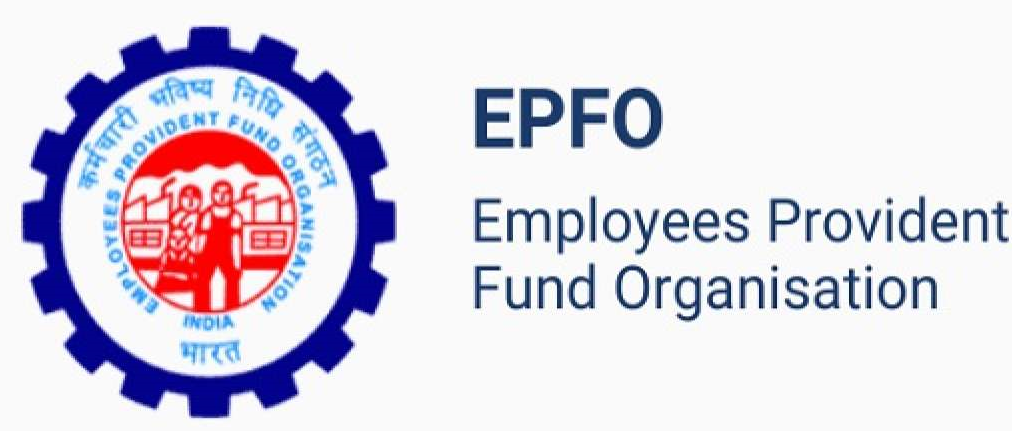Looking for Someone to Guide You.Search Here!!!
retirement Plans In INDIA
Retirement planning refers to the process of setting financial goals and creating a strategy to ensure a secure and comfortable lifestyle during retirement years. It involves assessing your current financial situation, estimating future expenses, determining retirement income sources, and implementing savings and investment strategies to achieve your retirement goals. Here’s a breakdown of key aspects of retirement planning:
Financial Assessment:
- Evaluate your current financial status, including income, expenses, assets, debts, and savings.
- Determine your retirement goals, such as the desired retirement age, lifestyle expectations, travel plans, healthcare needs, and other expenses.
Estimating Retirement Needs:
- Estimate your retirement expenses based on your desired lifestyle and expected inflation rates.
- Consider factors like housing costs, healthcare expenses, travel and leisure activities, daily living expenses, and potential long-term care needs.
Identifying Income Sources:
- Identify sources of retirement income, such as pensions, Social Security benefits, annuities, rental income, and other investments.
- Determine the expected amount of income from each source and understand any limitations or eligibility criteria.
Savings and Investment Strategies:
- Develop a savings and investment strategy to accumulate the required funds for retirement.
- Consider investment vehicles such as retirement accounts (like 401(k), IRA, EPF, PPF, NPS), mutual funds, stocks, bonds, real estate, and other assets.
- Balance risk and return based on your risk tolerance, investment timeline, and retirement goals.
- Diversify investments to reduce risk and maximize potential returns.
Tax Planning:
- Explore tax-efficient investment options and strategies to minimize tax liabilities during retirement.
- Utilize tax-advantaged retirement accounts and investment vehicles that offer tax benefits, such as tax-deferred growth or tax-free withdrawals.
Retirement Income Strategies:
- Plan for how you will convert your savings and investments into a steady income stream during retirement.
- Consider options like systematic withdrawals, annuities, dividend income, rental income, and part-time work if needed.
- Evaluate the impact of inflation, market fluctuations, and longevity risk on your retirement income plan.
Review and Adjust:
- Regularly review your retirement plan and make adjustments as needed based on changes in your financial situation, goals, market conditions, and life circumstances.
- Rebalance your investment portfolio periodically to maintain an appropriate asset allocation and risk level.
Professional Advice:
- Consider consulting with a financial advisor or retirement planner who can provide personalized guidance, investment recommendations, and retirement income strategies based on your individual needs and objectives.
Overall, retirement planning is a proactive approach to ensuring financial security, independence, and peace of mind during your retirement years. It involves careful consideration of various factors and requires ongoing monitoring and adjustments to stay on track towards achieving your retirement goals.
| Retirement Plan | Type | Features |
|---|---|---|
 Employee Provident Fund (EPF)
Employee Provident Fund (EPF)
|
Employer-sponsored |
|
 Public Provident Fund (PPF)
Public Provident Fund (PPF)
|
Government-backed savings |
|
 National Pension System (NPS)
National Pension System (NPS)
|
Voluntary, contributory |
|
 Atal Pension Yojana (APY)
Atal Pension Yojana (APY)
|
Government-backed pension |
|
 Unit Linked Insurance Plans (ULIPs)
Unit Linked Insurance Plans (ULIPs)
|
Insurance-cum-investment |
|
 Senior Citizens' Savings Scheme (SCSS)
Senior Citizens' Savings Scheme (SCSS)
|
Government savings |
|
 Mutual Fund Retirement Plans
Mutual Fund Retirement Plans
|
Market-linked investments |
|
Image by freepik
